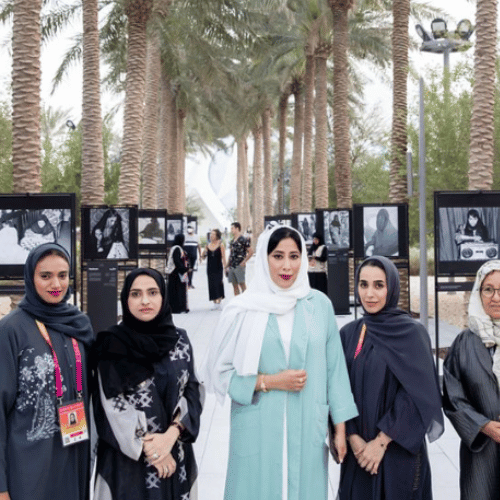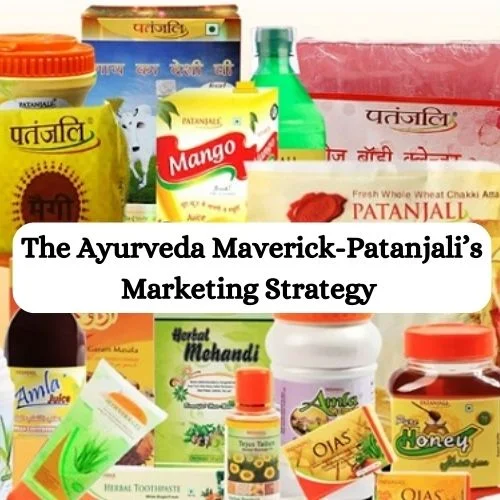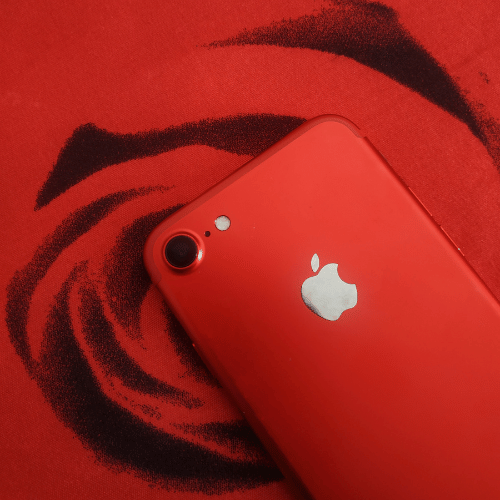The beauty industry in India is experiencing a significant surge in sales, with over 100 million cosmetic items sold in the past six months, resulting in a staggering revenue of Rs 5,000 crore. A recent study conducted by Kantar Worldpanel sheds light on the evolving trends in the Indian beauty market, highlighting the influence of working women, the impact of online shopping, and the diversification of beauty product choices among consumers.
Online Sales Boost the Beauty Industry
The study reveals that nearly 40 percent of cosmetic purchases were made online, signifying the growing significance of e-commerce in the beauty industry. Indian consumers are increasingly turning to online platforms to shop for cosmetics, drawn in by the convenience and wider product selection available on the internet.
Indian Consumers’ Spending Patterns
On average, Indian consumers spend Rs 1,214 on colored cosmetics within a six-month period, reflecting their growing interest in beauty products. Among these purchases, lip products dominate sales, accounting for 38 percent of all cosmetic items sold. Nail products closely follow, demonstrating the diversification of beauty purchases among Indian shoppers, who now seek a broader range of products to enhance their appearance.
Working Women as Beauty Trendsetters
One significant finding from the study is the pivotal role played by working women in driving makeup sales both online and offline. Working women outshine other consumer segments, spending 1.6 times more on beauty products than the overall average expenditure. This trend indicates that the increasing female participation in the workforce has positively impacted the cosmetics market, as women seek to maintain a polished appearance both in their professional and personal lives.
Makeovers and Consumer Engagement
Shoppers Stop, a prominent retailer, reported an impressive 150,000 makeovers in the current quarter alone. This surge in makeovers illustrates the growing interest among consumers to interact with makeup artists and brands to gain insights into the products they purchase and learn about various application techniques.
Influence of Advocacy and Social Media
The study highlights the significant role of retailer advocacy and social media in prompting cosmetic purchases. Over one-third of consumers were influenced by retailer recommendations, while an equal number were swayed by social media content, especially among younger consumers. Social media platforms have become powerful marketing tools for beauty brands, with influencers and makeup tutorials driving consumer interest and engagement.
Age-Specific Preferences
The study revealed interesting differences in beauty product preferences across different age groups. Older individuals showed a preference for lipstick and nail polish, while younger consumers opted for primer and tinted lip balm. This age-based divergence indicates that beauty brands need to cater to the specific needs and desires of different demographics to maintain relevance in the market.














